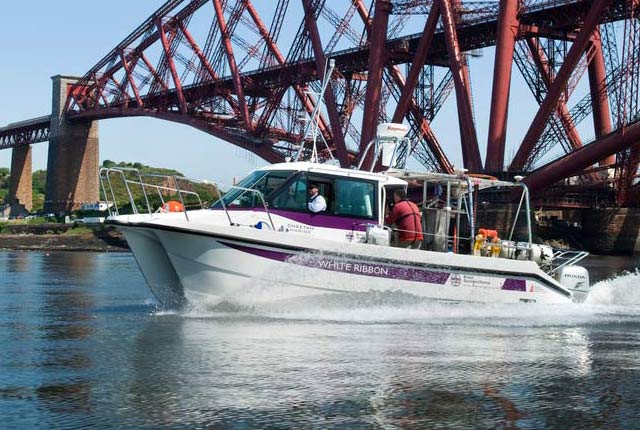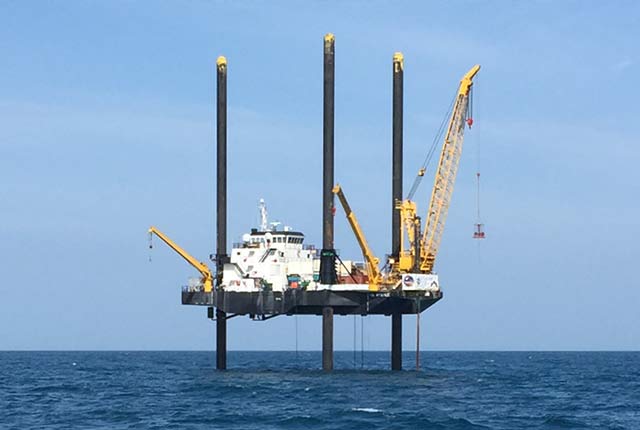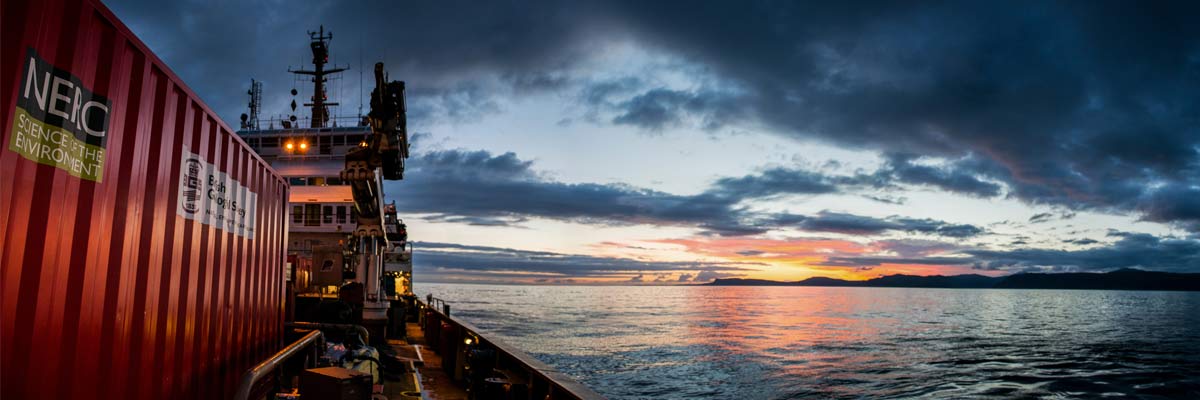The BGS Marine Operations facility officially closed on the 31st December 2022. BGS will continue to invest in a marine science programme as part of our ongoing strategy and we continue to work in partnership with NERC on the available future options for the marine operations equipment within the UK. If you would like further information on this, please email the BGS enquiries team on enquiries@bgs.ac.uk.
Relative topics
You may also be interested in

Sea floor: marine geoscience
Providing independent and expert geological advice, research and data acquisition to anyone working in the marine environment.

Sea floor: scientific ocean drilling
Implementing several high profile expeditions for the European Consortium for Ocean Research Drilling (ECORD).


